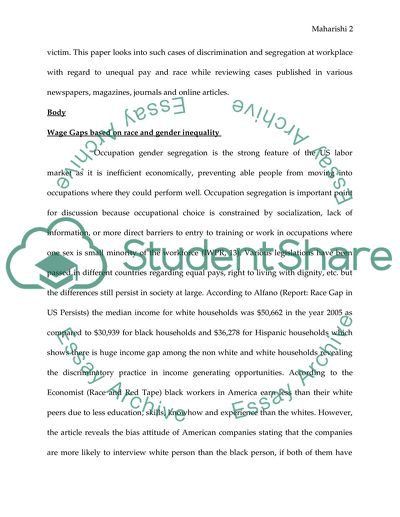Cite this document
(Segregation and the Racial Wage Gap of Economics Research Paper - 1, n.d.)
Segregation and the Racial Wage Gap of Economics Research Paper - 1. Retrieved from https://studentshare.org/macro-microeconomics/1750989-segregation-and-the-racial-wage-gap
Segregation and the Racial Wage Gap of Economics Research Paper - 1. Retrieved from https://studentshare.org/macro-microeconomics/1750989-segregation-and-the-racial-wage-gap
(Segregation and the Racial Wage Gap of Economics Research Paper - 1)
Segregation and the Racial Wage Gap of Economics Research Paper - 1. https://studentshare.org/macro-microeconomics/1750989-segregation-and-the-racial-wage-gap.
Segregation and the Racial Wage Gap of Economics Research Paper - 1. https://studentshare.org/macro-microeconomics/1750989-segregation-and-the-racial-wage-gap.
“Segregation and the Racial Wage Gap of Economics Research Paper - 1”, n.d. https://studentshare.org/macro-microeconomics/1750989-segregation-and-the-racial-wage-gap.


